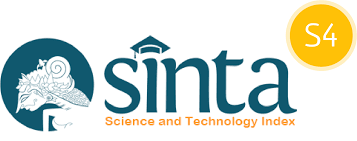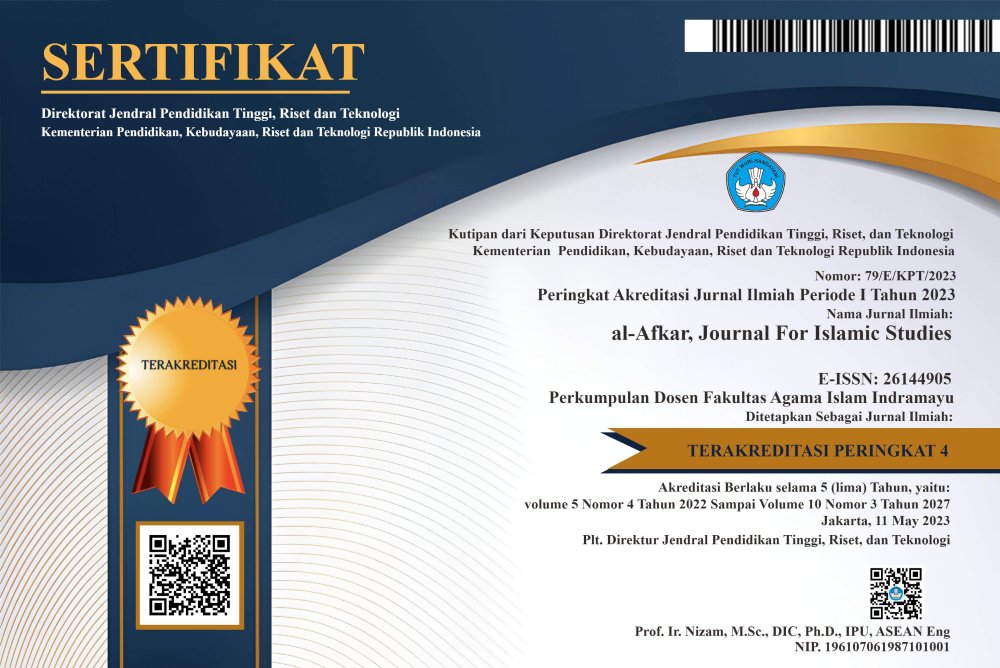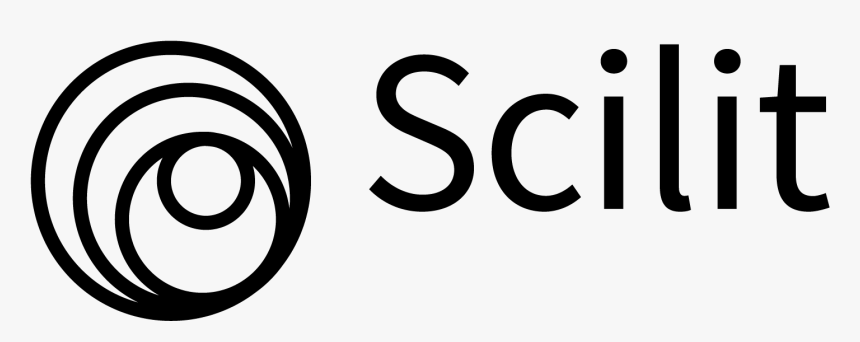Ratio Decidendi of Judge's Decision in Marriage Annulment Case: Antinomy between Justice and Legal Certainty in Depok Religious Court
DOI:
https://doi.org/10.31943/afkarjournal.v8i2.2256Keywords:
Ratio Decidendi, Marriage Annulment, Legal Antinomy, Justice, Legal CertaintyAbstract
In this article, the author will analyze the ratio decidendi of the judge's decision in the case of marriage annulment which shows the existence of an antinomy between Justice and Legal Certainty based on decision Number 3617/Pdt.G/2021PA. Dpk, decision Number 36/Pdt.G/2022/PTA. Bdg and decision Number 811 K/Ag/2022. The results of the study show that in marriage annulment cases, the panel of judges of first instance, the panel of appellate judges and the panel of cassation have different ratios decidendi in their legal considerations, so that from the three decisions there is an antinomy (contradiction) between justice and certainty. The panel of judges of the first instance, which considers one legal fact, but ignores other legal facts, causes the lack of legal certainty. The Appellate Panel considered that Article 27 paragraph (3) of Law Number 1 of 1974 had fulfilled legal certainty, but ignored other legal facts so as to ignore the values of justice. On the other hand, the Cassation Panel in its ratio decidendi decision has considered various legal facts, both formally and materially, so that it has considered two legal ideals, namely justice and legal certainty in a proportionate and balanced manner.
Downloads
References
A. Buku
Achmad Ali, Menguak Tabir Hukum (Edisi Revisi), Jakarta: Kencana, 2015.
Busthanul Arifin, Pelembagaan Hukum Islam di Indonesia: Akar, Sejarah, Hambatan dan Prospeknya, Jakarta: Gema Insani Press, 1996
Endrik Safudin, Harmonisasi Hukum dalam Antinomi Hukum Telaah Kritis atas Penerapannya oleh Mahkamah Agung, Jogjakarta: Q Media, 2021, hlm. 79
Fernando E. M. Manullang, Menggapai Hukum Yang Berkeadilan, Jakarta: Kompas, 2008.
Herri Swantoro, Harmonisasi Keadilan dan Kepastian dalam Peninjauan Kembali, Jakarta: Prenadamedia Group, 2017.
Jonaedi Efendi, Rekonstruksi Dasar Pertimbangan Hukum Hakim Berbasis Nilai-Nilai Hukum san Rasa Keadilan Yang Hidup Dalam Masyarakat, Jakarta: Kencana, 2018.
Made Pasek Diantha, Metodologi Penelitian Hukum Normatif dalam Justifikasi Teori Hukum, Jakarta: Prenada Media, 2016.
Peter Mahmud Marzuki, Pengantar Ilmu Hukum, Jakarta: Kencana, 2008.
Titik Triwulan Tutik, Hukum Perdata dalam Sistem Hukum Nasional, Jakarta: Kencana, 2008.
Zaidunddin Ali, Hukum Perdata Islam di Indonesia, Jakarta: Sinar Grafika, 2006.
Zainal Arifin Mochtar dan Eddy O.S Hiariej, Dasar-Dasar Ilmu Hukum: Memahami Kaidah, Teori, Asas dan Filsafat Hukum, Depok: Rajawali Pers, 2023.
B. Jurnal
Ach Tahir, Problematika Hakim dalam Menghadapi Antinomi Supremasi Hukum Vol. 1, No. 1, Juni 2012.
Fakhrurrazi M. Yunus dan Dewi Arlina, “Pembatalan Nikah karena Nikah tanpa Izin Wali (Studi terhadap Putusan Mahkamah Syar’iyah Sigli Nomor 246/Pdt.G/2012/MS-Sgi)”, Samarah: Jurnal Hukum Keluarga dan Hukum Islam Volume 1 No. 1. Januari-Juni 2017.
Fence M. Wantu, “Antinomi dalam Penegakan Hukum oleh Hakim”, Mimbar Hukum Vol 19, No 3 (2007), hlm. 390 https://doi.org/10.22146/jmh.19070
Shidharta, “Penerapan Aspek Filosofis, Yuridis, dan Sosiologis dalam Pertimbangan Putusan Hakim”, Bunga Rampai Memotret Pertimbangan Putusan Hakim Dari Berbagai Perspektif, Komisi Yudisial, hlm. 9
Zainal Arifin Mochtar, “Antinomi Dalam Peraturan Perundang-Undangan di Indonesia”, Hasanuddin Law Review Volume 1 Issue 3, Desember 2015. http://dx.doi.org/10.20956/halrev.v1i3.112
C. Peraturan Perundang-Undangan
Antinomy Definition and Citations https://thelawdictionary.org/antinomy/, diakses pada 20 April 2025
Shidarta, Ratio Decidendi dan Kaidah Yurisprudensi, https://business-law.binus.ac.id/ratio-decidendi-dan-kaidah-yurisprudensi/, diakses pada 20 April 2025
Downloads
Published
How to Cite
Issue
Section
License
Copyright (c) 2025 Uu Lukmanul Hakim, Muhammad Nur Hussein Wahyudin, Charles Sugiarto Sitorus, Yeni Nuraeni, Lasmin Alfies Sihombing

This work is licensed under a Creative Commons Attribution 4.0 International License.



















